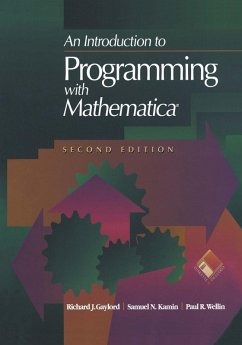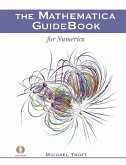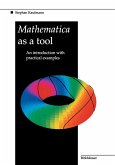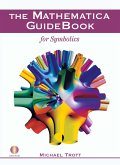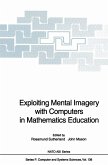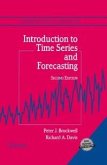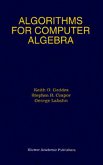Introduction to Programming with Mathematica is designed to teach Mathematica programming to scientists, engineers, mathematicians, and computer scientists so that they can fully utilize Mathematica for their work in research or education. No prior familiarity with Mathematica or programming is assumed. The text can be used either for individual study by students and professionals, or in a Mathematica-related university course.
Dieser Download kann aus rechtlichen Gründen nur mit Rechnungsadresse in A, B, BG, CY, CZ, D, DK, EW, E, FIN, F, GR, HR, H, IRL, I, LT, L, LR, M, NL, PL, P, R, S, SLO, SK ausgeliefert werden.

